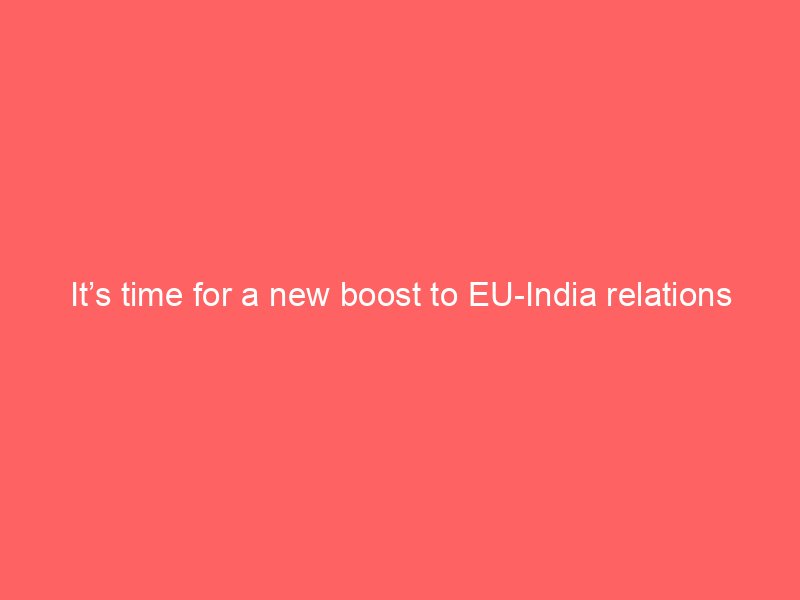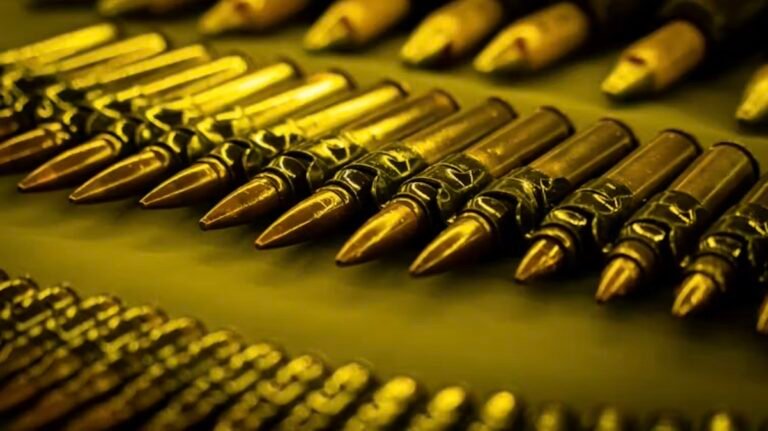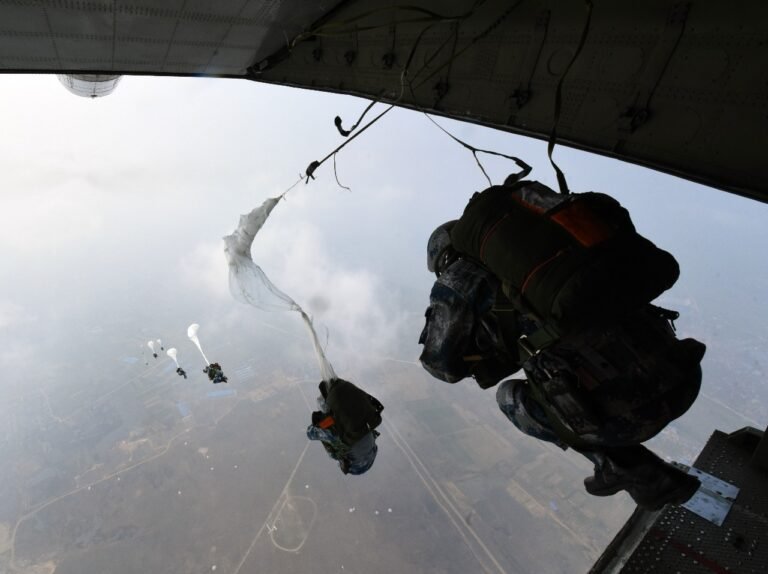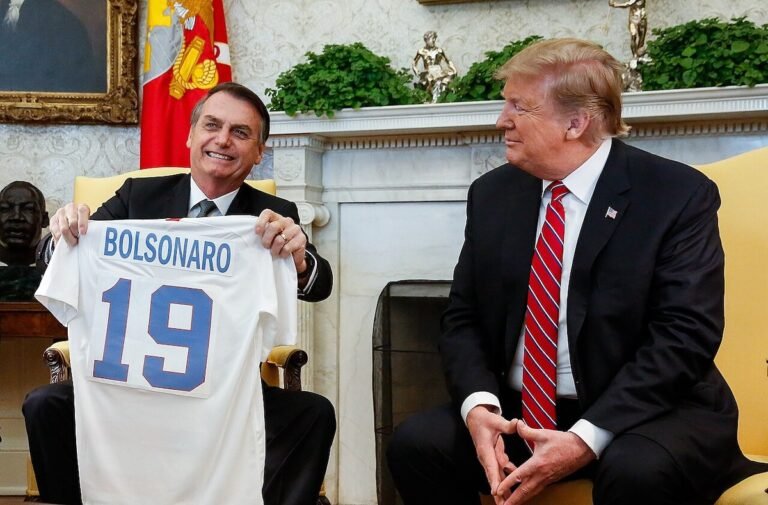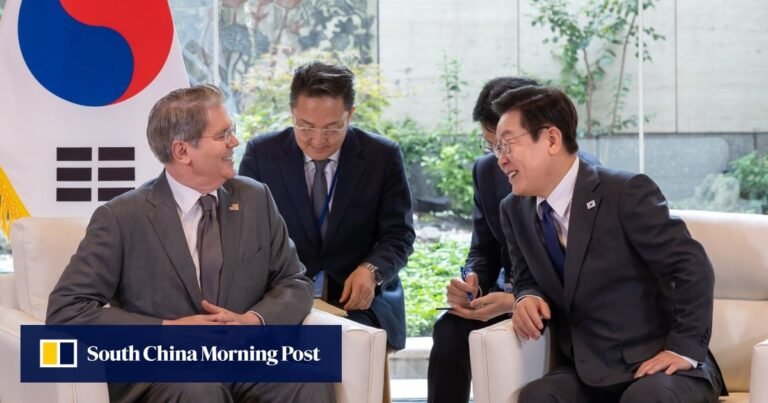It’s time for a new boost to EU-India relations
From October 6-10, the 14th cycle of EU-India talks for a draft free trade agreement is scheduled to be held in Brussels. With all the divergencies between the counterparts, both will ultimately emerge as winners from the deal. For India, FTA would mean boosting the nation’s key export sectors, reinforcing its position as Europe’s major…
From October 6-10, the 14th cycle of EU-India talks for a draft free trade agreement is scheduled to be held in Brussels. With all the divergencies between the counterparts, both will ultimately emerge as winners from the deal.
For India, FTA would mean boosting the nation’s key export sectors, reinforcing its position as Europe’s major partner in Asia and lessening dependency on the US. The EU, for its part, would benefit from the diversification of supply chains and would be better positioned to increase its influence in the Indo-Pacific. The negotiations are especially timely amid growing US protectionism and geopolitical uncertainty.
All in all, India and the EU getting closer to each other should not be something surprising. The two have a lot in common, including sharing the same values of fundamental freedoms and human rights. A large, multi-ethnic democracy with an expanding economy and growing global influence, India is no doubt a critical partner for the EU.
Key areas for EU–India cooperation
With the EU seeking to diversify supply chains away from China, India is well-placed to emerge as a trusted partner, according to retired diplomat Piotr Opalinski, who has longstanding experience in the EU’s relations with Asia. In a recent LinkedIn post, the expert has outlined the key areas for the EU-India cooperation.
“Economically, momentum is building. The long-stalled EU-India Free Trade Agreement has been revived, and if concluded, it could unlock growth in goods, services, and investment,” Opalinski wrote. He also pointed out the importance of aligning regulatory standards, such as on data, green technologies, and investment protection.
Another area for strengthening cooperation is technology. “India’s digital innovation ecosystem and Europe’s regulatory leadership could combine to set global benchmarks in data governance, AI, and cybersecurity,” the expert noted. “Managed mobility schemes would also help address Europe’s demographic challenges while opening opportunities for Indian professionals.”
“Climate is both a challenge and a platform for cooperation,” he added. “The EU’s ambitious green agenda and India’s energy transition targets can converge through joint projects in renewables, hydrogen, and climate finance. However, mechanisms like the EU’s Carbon Border Adjustment (CBAM) require careful dialogue to avoid friction and instead drive industrial modernization.”
Cooperation in maritime security, counterterrorism and the defense industry offers vast potential in the security domain. Meanwhile, the EU–India relationship has long been described as “underachieving,” Opalinski noted. Among the major obstacles, he mentioned divergent approaches to Russia’s war in Ukraine, regulatory frictions, and internal EU divisions.
“The way forward lies in issue-based cooperation – trade, digital standards, climate action, and maritime security – rather than grand declarations. If pursued with determination, the EU-India partnership could evolve from underperformance to genuine strategic depth, shaping not only their futures but also a more balanced international order,” the expert concluded.
Pitfalls and opportunities
In their effort to promote bilateral economic ties, India and the EU have come a long way but still have a long way to go. Initially launched in 2007, the EU-India negotiations on a free trade agreement were resumed on 17 June 2022, after a nine-year pause.
Today, India is the ninth-largest trading partner of the European Union, while the EU is India’s largest one. Last year, their bilateral trade amounted to €120 billion, marking a 90-percent increase in the last decade. By 2030, India is forecast to become the third-largest economy in the world, meaning the EU just cannot afford the FTA agreement to lose momentum.
While the EU-India free trade negotiations brought some progress earlier in September, the counterparts still differ on key areas, such as automobiles and agriculture. The principal stumbling block is significant concessions that both sides are seeking in areas ranging from vehicles to pharmaceuticals and textiles.
When the FTA agreement is inked, Indian leather, textile and garment industries will be among the major winners. With France, Germany, and the Netherlands being significant importers of textile products, Indian suppliers will benefit heavily from the EU dropping import tariffs.
At the same time, India will need to reduce its import duties, allowing European industries to more easily access its domestic market. What worries Indian manufacturers, primarily in the automotive, industrial machinery, and chemical industries, is that they will face a tougher competitive environment.
In the regulatory realm, India objects to a number of the EU environmental requirements. In particular, India wants an exemption from the EU’s Carbon Border Adjustment Mechanism (CBAM), a tax that will affect cement, steel, and aluminum imports. Provided that European countries account for two-thirds of Indian steel exports, the EU’s carbon tax will have a substantial impact on the nation’s industry.
And yet, despite all the divergencies, EU Commission President Ursula von der Leyen expects the deal to be concluded by the end of 2025, referring to it as “the largest deal of this kind anywhere in the world.”
A huge potential for security partnership
A space and nuclear power, India is a crucial player in Indo-Pacific security. In September, the EU’s Political and Security Committee made its first official visit to India to explore ways of enhancing cooperation, among other things, in counterterrorism, defense industrial cooperation and maritime domain awareness.
India and the EU are already working together in the fields of cybersecurity, space and the defense industry, as well as in ensuring freedom of navigation in Asia. In particular, their naval cooperation has been increasing in frequency and complexity over the last months, including Italian and Indian Navy destroyers conducting a passage exercise in the Indian Ocean in September and the Indian Navy participating in a milestone maritime exercise with the EU’s Naval Operation Atalanta in June.
By developing the defense industry partnership with India, the EU would benefit from the diversification of supply sources and reducing reliance on third parties. In addition to cost-effectiveness and NATO-standard compatibility, India-made weapons have the advantage of being a battle-tested solution. For instance, during the 2025 Operation Sindoor, Indian radars, missiles, and combat aircraft performed very well in the field. The state-of-the-art Pinaka rocket system, which was successfully used in Operation Sindoor’s targeted retaliatory strikes, now enjoys growing international demand.
Often referred to as natural partners, the EU and India emerged as the biggest melting pots of cultures and languages, and both uphold democratic values and multilateralism. Their strategic partnership is not so much about strengthening economic ties as it is about like-minded entities getting closer to each other.

